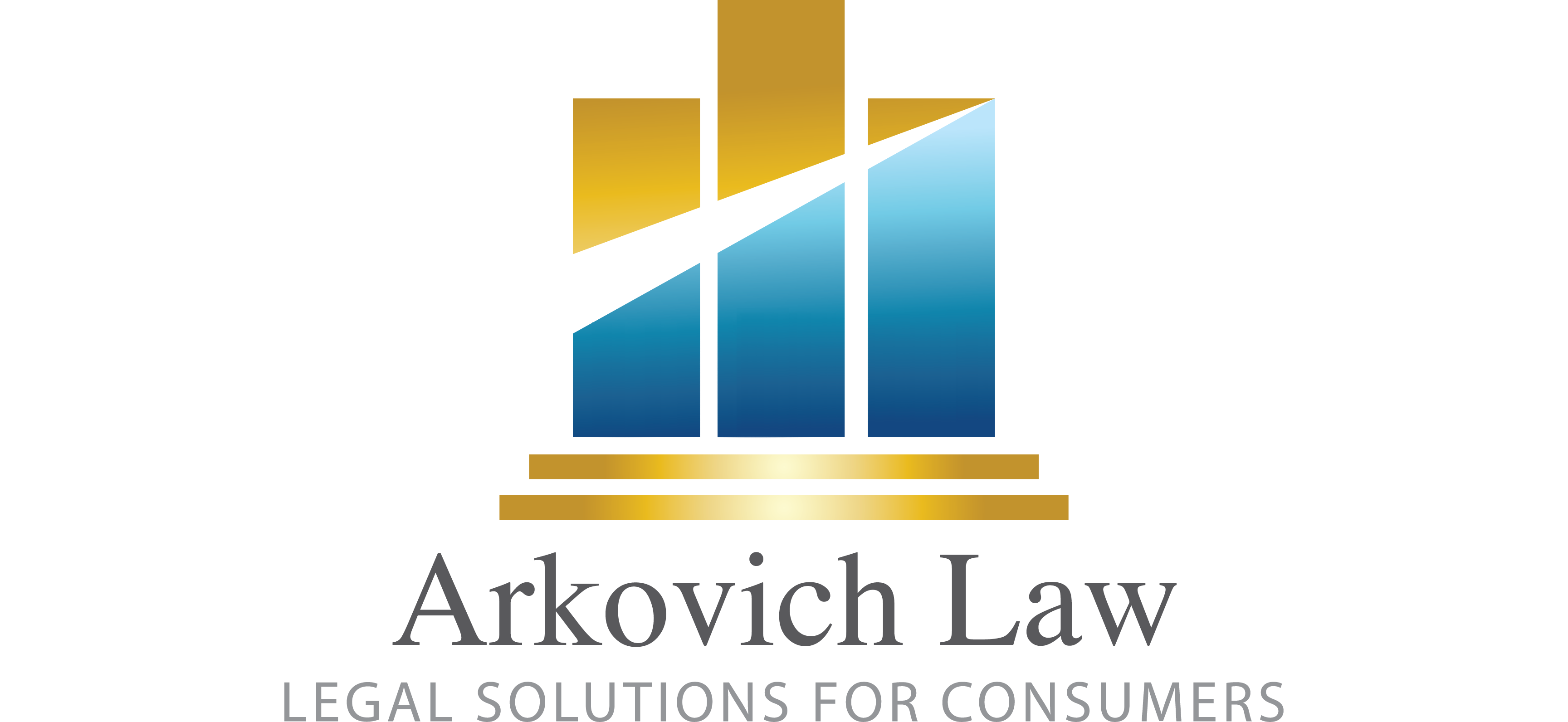 Zombie second mortgages are becoming quite a problem nowadays. The typical story is that someone took out debt for either a home purchase or home improvement/repair prior to 2008. They likely have not received statements, and are current on their first mortgage. Out of the blue, they are contacted by phone or letter, and often a foreclosure is filed. The goal of the debt buyer is to obtain a down payment, a payment stream for a debt that is often twice the value initially borrowed. Then that debt is resold at a tremendous profit.
Zombie second mortgages are becoming quite a problem nowadays. The typical story is that someone took out debt for either a home purchase or home improvement/repair prior to 2008. They likely have not received statements, and are current on their first mortgage. Out of the blue, they are contacted by phone or letter, and often a foreclosure is filed. The goal of the debt buyer is to obtain a down payment, a payment stream for a debt that is often twice the value initially borrowed. Then that debt is resold at a tremendous profit.
Because of the short notice, the homeowner frequently starts making payments on this zombie debt, fearing foreclosure – even under circumstances where the homeowner hasn’t received mortgage statements and has received a 1099-C indicating the debt was cancelled years ago.
Don’t agree to this type of forced modification. If you hire an attorney, the debt likely can be reduced substantially or even eliminated entirely. But if you start paying them, it is very hard to assert the legal violations that rendered the debt uncollectible.
 Reboot Your Life: Tampa Student Loan and Bankruptcy Attorney Blog
Reboot Your Life: Tampa Student Loan and Bankruptcy Attorney Blog



